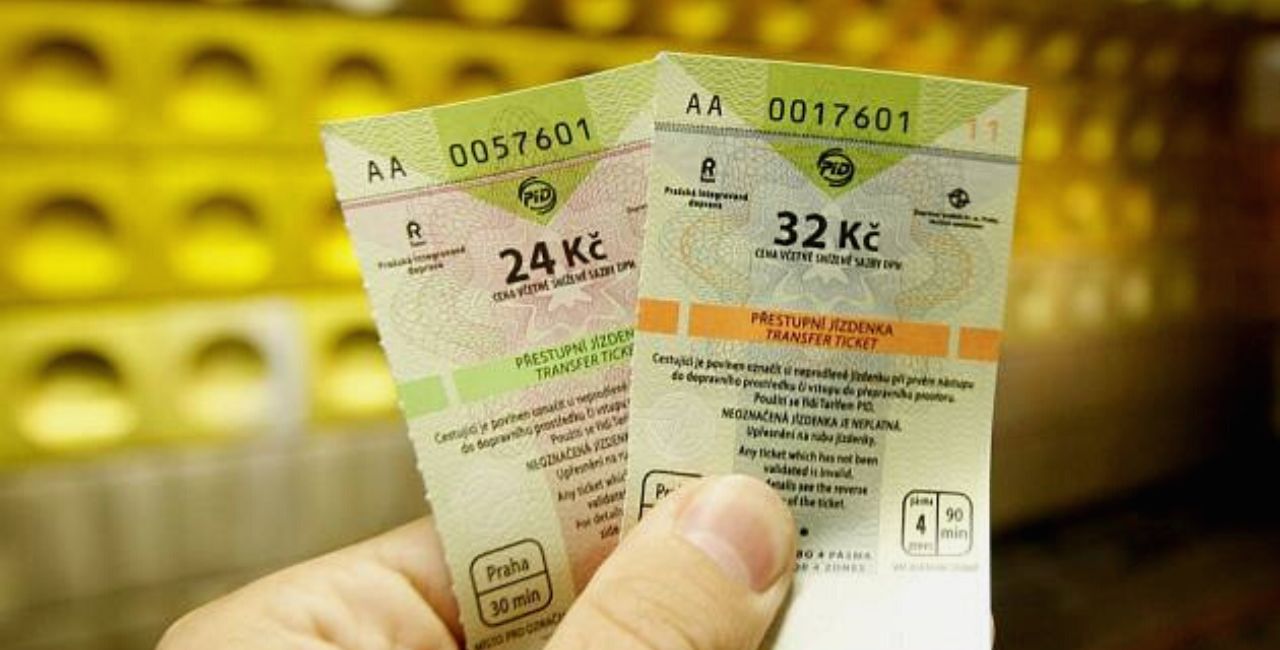The first one-way ticket for the Paris metro began to be valid on July 19, 1900 at 13:00. It cost just 25 centimes in old money and gave the passenger a seat in first class.
Now the iconic paper ticket costs 1.90 euros, or about 47 crowns. However, the city has decided to replace it entirely with smart cards or mobile phones as part of the modernisation from 2025.
Gradual digitization
The abolition of paper tickets in Prague is only in the distant horizon. At least according to Daniel Šabík, head of communications at the transport company.
“We are not planning to stop selling paper tickets overnight. However, within the framework of distribution channels, we will go the way of further gradual digitalization," Šabík tells Metro daily, according to which, for example, contactless terminals are already being installed in city buses.”
“The first of them should start working in November and by the end of this year all our buses will be equipped with them. By the end of this year, we plan to launch a pilot project in which coupons, including annual coupons, could be purchased cashlessly in ticket machines. And of course, we want to further strengthen purchases via the e-shop or the PID lítačka app,” added Šabík.
Brno and Ostrava
Brno announced last year that it would end the sale of paper tickets for public transport on 1 January this year. But everything turned out differently. Due to global problems with chip shortages, the supplier was unable to deliver the cards by the deadline.
However, the Brno Transport Company expects to stop selling paper tickets within four years anyway. For example, students over the age of 18 use only electronic tickets purchased via the e-shop.
The first in the Czech Republic to abolish paper tickets was the Ostrava Transport Company. They expired on 31 March 2020, due to lower sales but also because of financial savings.
“Paper tickets still make up the majority of individual tickets sold”
According to transport company spokesperson Aneta Rehkova, the complete abolition of classic paper tickets would not make sense now, even for economic reasons. Paper tickets still make up the majority of individual tickets sold. Their popularity is declining only slightly.
It is also known that single-use paper tickets are mainly used by visitors to the metropolis and those Prague residents who use public transport only occasionally. This fact was used as an argument last August, when representatives of the municipality increased the price of single tickets for half an hour from CZK 24 to CZK 30. The price of a 90-minute ticket went from CZK 32 to CZK 40.
“If we look at the share of single fare sales in 2021, paper tickets have a 62 per cent share against 38 per cent for electronic ones. The number of individual paper tickets sold is therefore roughly around 30 million,” added Řehková.
The number of electronic tickets sold was just over eighteen million. Paper tickets are mostly bought in vending machines in the capital. Last year, 37 percent of the total sales volume, or just under eighteen million, were sold.
In the case of e-tickets, SMS tickets were popular. They accounted for 26 per cent, or 12.5 million. Twelve per cent of them were purchased by passengers in the PID Lítačka app, i.e. about six million units
Support Prague Morning!
We are proud to provide our readers from around the world with independent, and unbiased news for free.
Our dedicated team supports the local community, foreign residents and visitors of all nationalities through our website, social media and newsletter.
We appreciate that not everyone can afford to pay for our services but if you are able to, we ask you to support Prague Morning by making a contribution – no matter how small 🙂 .




